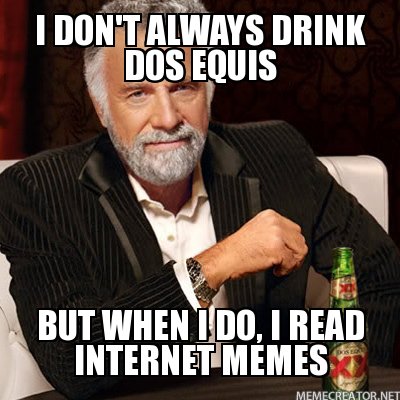Bloggers here at Cyborgology have explored the internet meme in interesting ways. Most notably, David Banks analyzed the performative meme, arguing for its function in cultural cohesion, and P J Rey delineated the political and strategic role of internet memes in the #OWS movement. Here, I wish to take a step back, and deconstruct the very structure of the internet meme, exploring what the internet meme is and what it does. Specifically, I argue that the internet meme is the predominant (and logical) form of myth in an augmented society, and that it both reflects and shapes cultural realities.
To make this argument, I must first put forth definitions of both myth and meme. more...





 There has been some terrific debate on my theorizing of what I call “augmented reality.” In brief, I reject “digital dualism”, the tendency to view the on and off line as separate spheres, and instead argue that we should view them as enmeshed, creating what I call “augmented reality.” [
There has been some terrific debate on my theorizing of what I call “augmented reality.” In brief, I reject “digital dualism”, the tendency to view the on and off line as separate spheres, and instead argue that we should view them as enmeshed, creating what I call “augmented reality.” [



